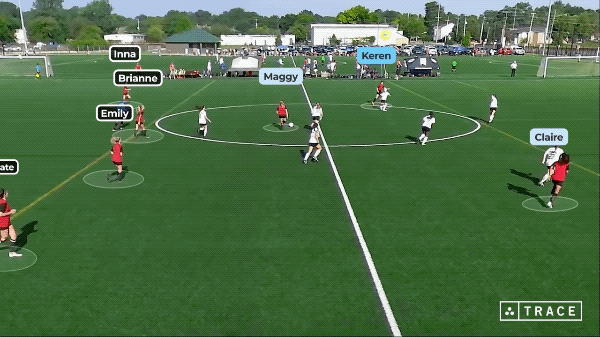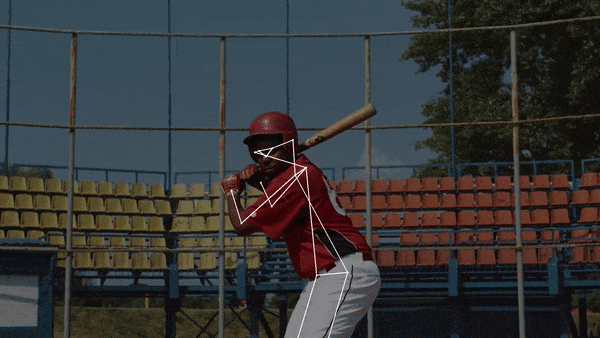This week we’re breaking down the AI-powered tool that’s being adapted to athlete training, safety, performance, officiating, and the fan experience: Computer Vision.
So, what is computer vision anyway?
“Computer vision applications use artificial intelligence and machine learning (AI/ML) to process data accurately for object identification and facial recognition, as well as classification, recommendation, monitoring, and detection” (Amazon Web Services, 2023, para. 1). Or, in simple terms– it’s the ability for computers to interpret and understand visual information similarly to the way humans do.
One of the most significant applications of computer vision in sports is player detection and tracking. Computer vision algorithms can identify each player on the field, estimate their movements and positions, and even track their interactions with other players.
This degree of analysis can help coaches pinpoint player’s strengths and weaknesses, provide personalized feedback to their athletes, and help them improve their performance in-route to reaching their full potential. This competitive analysis can be, quite literally, game changing.
But computer vision doesn’t stop at performance analysis. It also has the power to revolutionize the fan experience. Sports organizations can enhance the excitement and engagement of fans through real-time highlights, replays, and interactive visualizations.
This level of immersion and interactivity can take the fan experience to a whole new level and make watching sports even more enjoyable.
While AI technologies like computer vision will change the game as we know it, it’s important to always be mindful of the need to ensure that the privacy of athletes and spectators is respected and maintained. Last week we discussed why governance matters in AI (you can read it here). Privacy and data protection continue to be key concerns with the use of computer vision and AI. As computer vision systems capture and analyze visual data, there should also be a plan in place to secure any sensitive data and information that may be gathered during the process.
This week we explored computer vision in sports, but this is just one example of the many ways AI is impacting sports and the fan experience. What are some other examples that are creating waves in the industry? Share your thoughts with us in the comments!
Alexander, K. (n.d.). Trace soccer introduces enhanced video capture, player vision, and TraceCam 2. BusinessWire. https://www.businesswire.com/news/home/20210624005255/en/Trace-Soccer-Introduces-Enhanced-Video-Capture-Player-Vision-and-TraceCam-2?utm_campaign=shareaholic&utm_medium=copy_link&utm_source=bookmark
Amazon Web Services. (n.d.). What is computer vision?. https://aws.amazon.com/what-is/computer-vision/
Boesch, G. (2023). Computer vision in sports – Use cases in 2023. Viso.ai. https://viso.ai/applications/visual-ai-in-sports/
Sung, S. (2021, October 13). Track a high speed moving object with TrackNet. Medium. https://medium.com/geekculture/track-a-tennis-ball-with-computer-vision-4f8d2f9c0412


